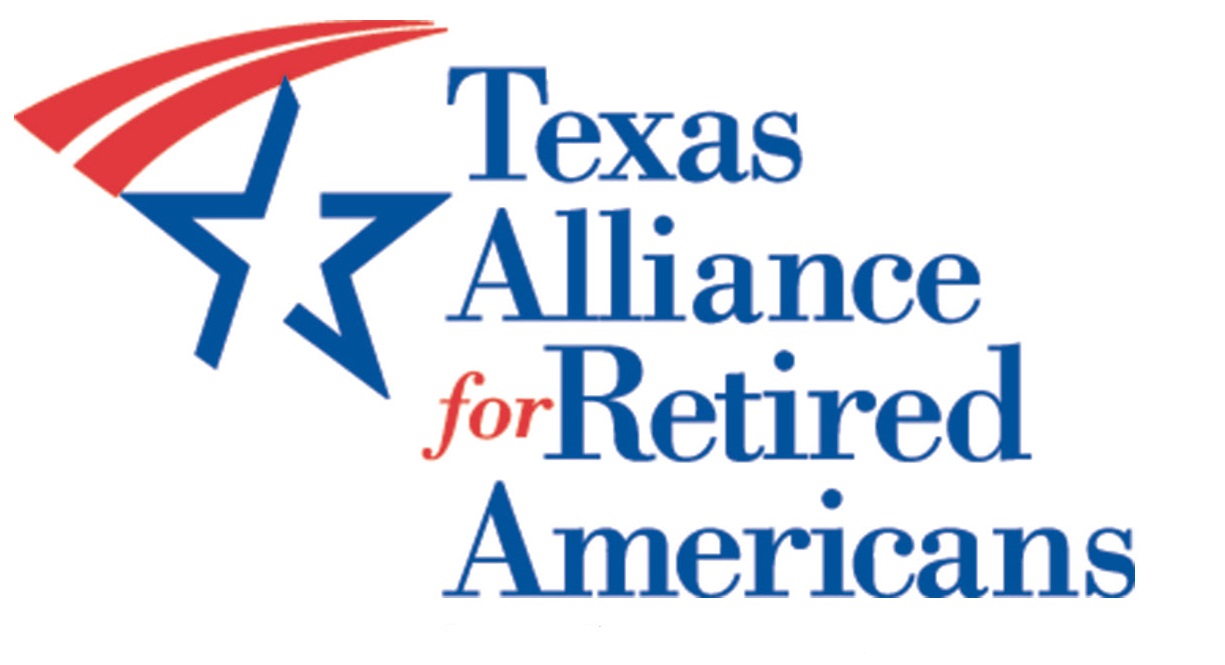Blog
July 19, 2023
Austin Discusses Age Discrimination
The Austin Chapter had an expert on age discrimination for their July 20, 2023 meeting.
UNDERSTANDING AGE DISCRIMINATION
- Equal Employment Opportunity Commission
The EEOC has jurisdiction over federal and private sector discrimination claims. The Texas Civil Rights Commission also processes discrimination claims. However, if the discrimination claim is based on a violation of the Civil Rights Act of 1964, as amended or The Age Discrimination in Employment Act of 1967 (ADEA) the jurisdiction of these claims are in the Federal Courts. An individual must exhaust the administrative remedies of the EEOC processing a discrimination claims, otherwise the claim will be barred and dismissed by the Federal courts.
II.
Age Discrimination
- The Age Discrimination Act of 1975 prohibits discrimination on the basis of age in programs and activities receiving federal financial assistance. The Act, which applies to all ages, permits the use of certain age distinctions and factors other than age that meet the Act’s requirements. Enforced by the U.S. Department of Education Office of Civil Rights (OCR).
- The Age Discrimination in Employment Act of 1967 (ADEA) protects certain applicants and employees 40 years of age and older from discrimination on the basis of age in hiring, promotion, discharge, compensation, or terms, conditions or privileges of employment. Enforced by the EEOC.
- Section 188 of the Workforce Investment Act of 1998 (WIA) prohibits discrimination against applicants, employees and participants in WIA Title I-financially assisted programs and activities, and programs that are part of the One-Stop system, on the ground of age. In addition, WIA prohibits discrimination on the grounds of race, color, religion, sex, national origin, disability, political affiliation or belief, and for beneficiaries only, citizenship or participation in a WIA Title I-financially assisted program or activity. Enforced by the U.S. Department of Health and Human Resources Office of Civil Rights.
III.
Proving Age Discrimination
“In age discrimination cases, the plaintiff is required to make a prima facie case, wherein he must demonstrate that: (1) [s]he was discharged; (2) [s]he was qualified for the position; (3) [s]he was within the protected class at the time of discharge; and (4) [s]he was either i) replaced by someone outside the protected class, ii) replaced by someone younger, or iii) otherwise discharged because of [her]his age. See Fields v. J.C. Penney Co.,968 F.2d 533, 536 (5th Cir. 1992). If the plaintiff meets these requirements, a presumption of discrimination arises which the defendant must then rebut by articulating a legitimate, nondiscriminatory reason for the discharge. Olitsky v. Spencer Gifts, Inc., 964 F.2d 1471, 1478 n. 19 (5th Cir. 1992). Once the employer satisfies this burden, the presumption of age discrimination established by the employee’s prima facie case dissolves. Texas Dep’t. of Community Affairs v. Burdine, 450 U.S. 248, 255 n. 10, 101 S. Ct. 1089, 1095, 67 L.Ed.2d 207 (1981).” Bodenheimer v. PPG Industries, Inc., 5 F.3d 955, 957 (5th Cir. 1993).
“If the plaintiff meets these requirements, a presumption of discrimination arises which the defendant must then rebut by articulating a legitimate, nondiscriminatory reason for the discharge. Olitsky v. Spencer Gifts, Inc.,964 F.2d 1471, 1478 n. 19 (5th Cir. 1992). Once the employer satisfies this burden, the presumption of age discrimination established by the employee’s prima facie case dissolves. Texas Dep’t. of Community Affairs v. Burdine, 450 U.S. 248, 255 n. 10, 101 S.Ct. 1089, 1095, 67 L.Ed.2d 207 (1981).” Bodenheimer v. PPG Industries, Inc., 5 F.3d 955, 957 (5th Cir. 1993).
“In making this showing, the plaintiff can rely on evidence that the employer’s reasons were a pretext for unlawful discrimination. See McDonnell Douglas, 411 U.S. at 804, 93 S. Ct. 1817. “[T]he trier of fact may still consider the evidence establishing the plaintiff’s prima facie case `and inferences properly drawn therefrom…on the issue of whether the defendant’s explanation is pretextual.'” Reeves, 120 S. Ct. at 2106 (quoting Burdine, 450 U.S. at 255 n. 10, 101 S. Ct. 1089). However, as the Court stated in Hicks, a showing of pretext does not automatically entitle an employee to a judgment as a matter of law. See 509 U.S. at 524, 113 S.Ct. 2742. It is “not enough …to disbelieve the employer; the [fact finder] must believe the plaintiff’s explanation of intentional discrimination.” Id. at 519, 113 S. Ct. 2742 (emphasis in original). This statement in Hicks caused confusion as to whether intentional discrimination could be inferred from a showing of pretext. See Reeves, 120 S. Ct. at 2104-05 (describing the circuit conflict resulting from the confusion).
The Supreme Court resolved the circuit split by repudiating the “pretext-plus” approach, thus overruling our decision below, Reeves v. Sanderson Plumbing Products, Inc., 197 F.3d 688 (5th Cir. 1999). See Reeves, 120 S.Ct. at 2108. A unanimous Court held that this circuit had “misconceived the evidentiary burden borne by plaintiffs who attempt to prove intentional discrimination through indirect evidence.” Id. “Thus, a plaintiff’s prima facie case, combined with sufficient evidence to find that the employer’s asserted justification is false, may permit the trier of fact to conclude that the employer unlawfully discriminated.” Id. at 2109.
The Court further stated that, more likely than not, a showing of pretext will lead to an inference of discrimination: “Moreover, once the employer’s justification has been eliminated, discrimination may well be the most likely alternative explanation, especially since the employer is in the best position to put forth the actual reason for its decision.” Id. at 2108-09.
The Court also cautioned that there may be instances, although rare, where a showing of pretext would not be sufficient to infer discrimination. Such a situation would occur “if the record conclusively revealed some other, nondiscriminatory reason for the employer’s decision, or if the plaintiff created only a weak issue of fact as to whether the employer’s reason was untrue and there was abundant and uncontroverted independent evidence that no discrimination occurred.” Id. at 2109.” Russell v. McKinney Hosp. Venture, 235 F.3d 219, 222-23 (5th Cir. 2000).
